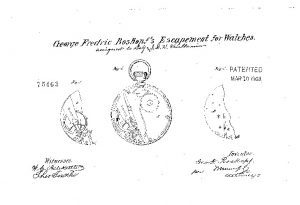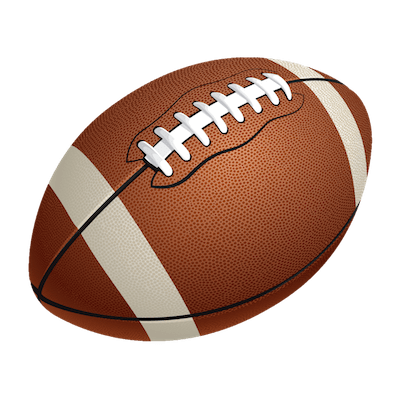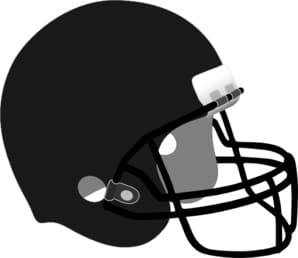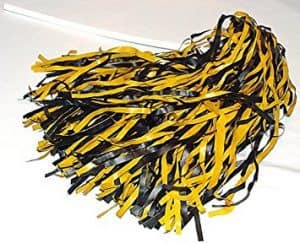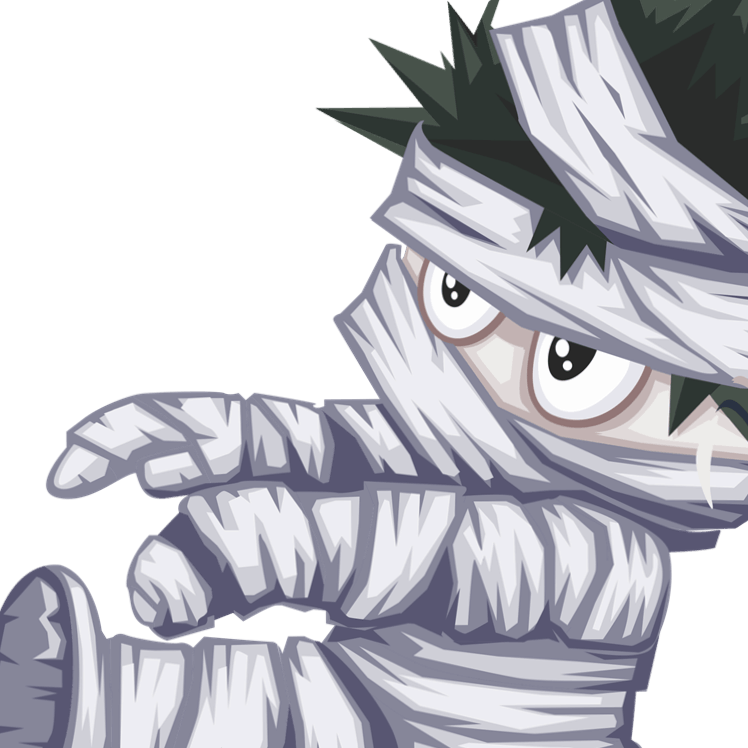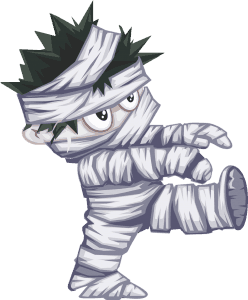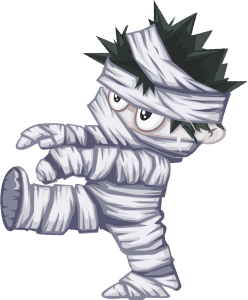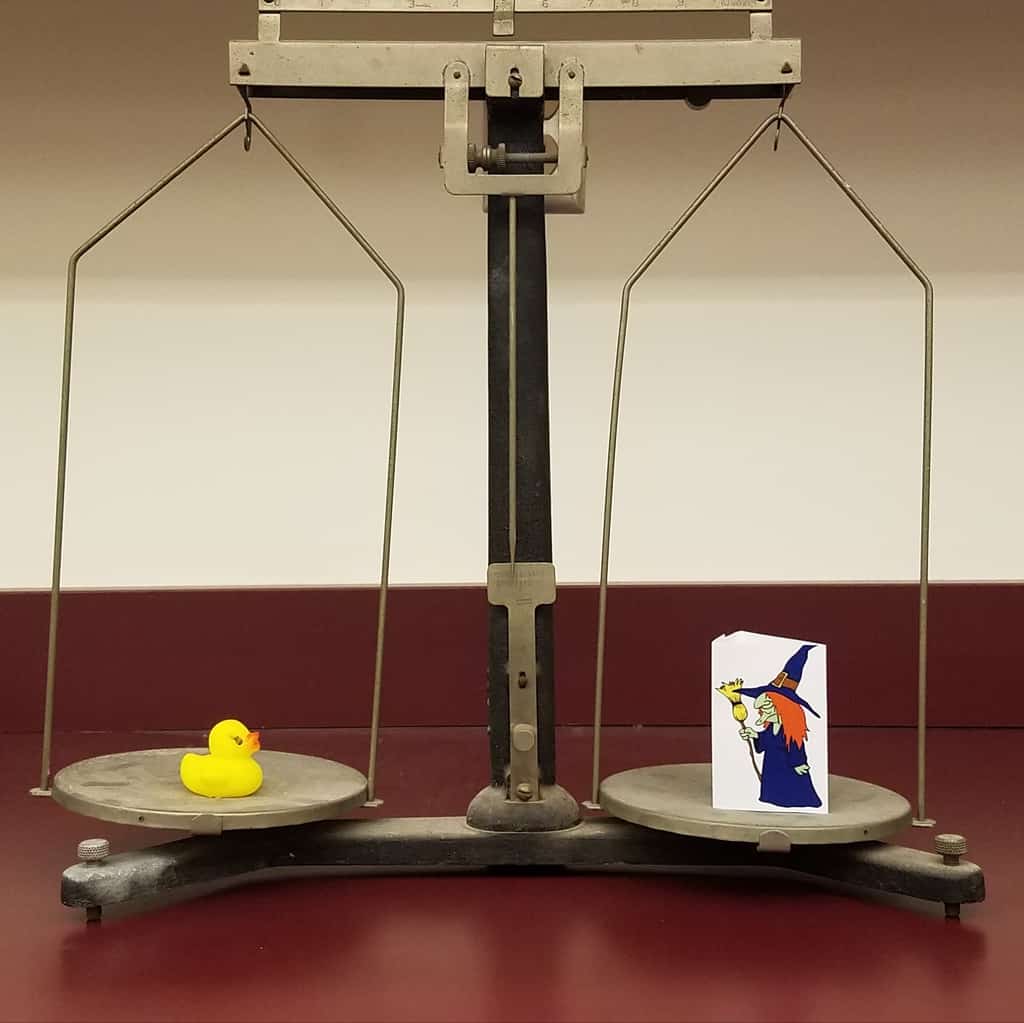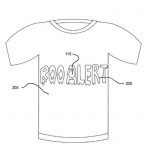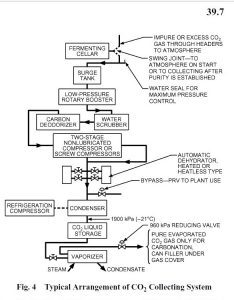It is November and that not only means Thanksgiving, it also means it is time for the Leonid Meteor Shower!

The meteor shower begins on November 5th and will continue through November 30th. But, the peak – ah, the peak – will be THIS WEEKEND – November 17th and 18th!
Other meteor showers may be more popular, but “. . . the Leonids of November are the most famous.” (Meteors and How to Observe Them). The Leonids can be seen from nearly everywhere on Earth and has produced some of the most impressive meteor storms on record. The meteors seem to emanate from the constellation Leo, hence the name “Leonids.” They are formed when the earth moves through the orbit of the comet 55P/Tempel-Tuttle, which is a a small comet, roughly 2.2 miles across (It takes Tempel-Tuttle 33 years to orbit the sun once!). The rates at which meteors fall can range from around 15 meteors per hour to hundreds or thousands per hour (which happens every 33 years or so). And, they are fast. They travel at 44 miles per second. The Leonids are also known for their fireballs and earthgrazer meteors. Fireballs are large explosions of light and color which can persist longer than an average meteor streak. A fireball comes from larger particles of the comet debris and are also brighter the average meteor streak. An earthgrazer is a meteor that streaks close to the horizon – they are known for their long and colorful tails. (Interesting fact: Tempel-Tuttle comet was discovered twice – independently – by Ernst Tempel in 1865 and Horace Tuttle in 1866.)
Confused about terminology? A meteor is a piece of stone or metallic material which burns up when it enters the Earth’s atmosphere. A meteoroid is a piece of stone or metallic material which is traveling through space. And, a meteorite is a meteor which doesn’t burn up before impacting Earth’s surface. A meteor shower is when dust or particles from asteroids or comets enter Earth’s atmosphere at a high rate of speed. When they hit the atmosphere, they heat up – which vaporizes most meteors – producing what we call shooting stars. Those particles of dust may be a small as a grain of sand or as large as a boulder! A meteor storm contains at least 1,000 meteors per hour. The term “meteor shower” was coined after astronomers’ observed an impressive Leonids meteors in 1833.
 Want the best viewing experience? You won’t need those binoculars or telescope – the Leonids can be seen with the naked eye. The point from which the meteors originate (the constellation Leo) is called the radiant. NASA recommends looking outside the constellation – the meteors will appear longer and “more spectacular.”
Want the best viewing experience? You won’t need those binoculars or telescope – the Leonids can be seen with the naked eye. The point from which the meteors originate (the constellation Leo) is called the radiant. NASA recommends looking outside the constellation – the meteors will appear longer and “more spectacular.”
Here are some other viewing tips: Try and find an area away from city lights – and come prepared with blankets or sleeping bags (November nights can be pretty cold!). Lie flat on your back, with your feet to the east and look up! It may take about 30 minutes for your eyes to adjust to the darkness and then you’ll begin to see the meteors! The best time for viewing is late evening tonight, Friday, November 17 until dawn tomorrow – the 18th.
Cross your fingers for clear skies, grab your sleeping bag, a thermos of something hot, and get ready for a star-studded light show!!
Catch a falling star and put it in your pocket
Never let it fade away
Catch a falling star and put it in your pocket
Save it for a rainy day
— written by Paul Vance & Lee Pockriss
Resources:
Lunsford, Robert. 2009. Meteors and how to observe them. New York ; London : Springer. Engineering Library QB743 .L86 2009
Meteors & Meteorites: Leonids. NASA. Date Accessed 11/16/17
Adams, Dallon. November 15, 2017. Sky watchers, get your popcorn ready: A guide to the Leonid meteor shower. Digital Trends.
And the answer is… StarChild. High Energy Astrophysics Science Archive Research Center. Astrophysics Science Division at NASA.
Meteor Showers and Shooting Stars: Formation, Facts and Discovery. June 9, 2017. space.com > Skywatching.
Photo Credit:
Leonids Meteor Shower | 2017. Photo via ranker.com. Fun HeapSF





